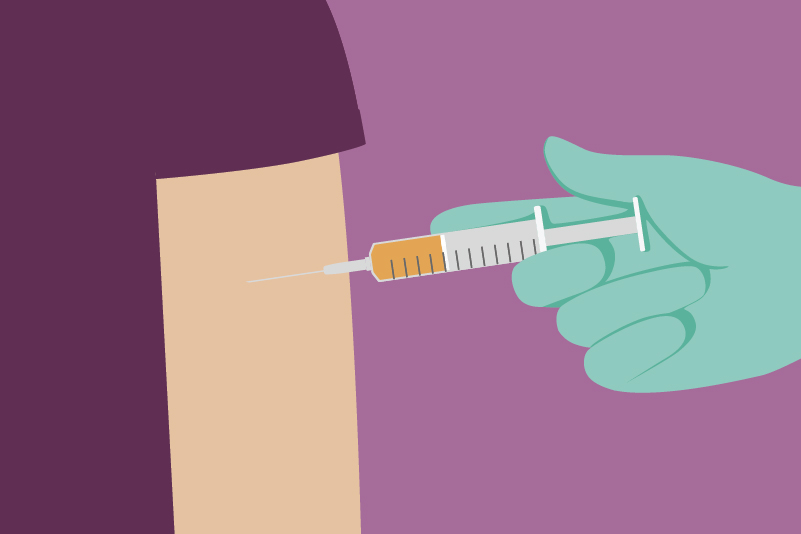#125 HPV Vaccine: Shot of Cancer (and Wart) Prevention

Reading Tools for Practice Article can earn you MainPro+ Credits
Join NowAlready a CFPCLearn Member? Log in
- Quadrivalent (HPV 6, 11, 16, 18) vaccine (Gardasil®):
-
- FUTURE 1:1 5,455 women followed four years. Decreased:
-
-
- External genital lesions (most commonly condyloma): 3.8% vs. 5.7% (placebo), number needed to vaccinate (NNV)=50.
- Cervical intra-epithelial lesions (CIN)≥2: 6.6% vs. 7.1% (placebo), not statistically significant.
-
-
- FUTURE 2:2 12,167 women followed three years. Decreased:
-
-
- CIN≥2: 3.6% vs. 4.4% (placebo), NNV=125.
-
-
- FUTURE 1/2 Combination:3 Followed four years. Decreased:
-
-
- External genital lesions (most commonly condyloma): 1.5% vs. 4% (placebo), NNV=40.
- CIN≥2 not reported.
-
- Bivalent (HPV 16, 18 vaccine) (Cervarix®):4 18,644 women followed four years. Decreased CIN≥2: 3.3% vs. 4.9% (placebo), NNV=60.
- Smaller studies showed similar effects.5,6 All studies:
-
- Excluded those pregnant, with previous abnormal pap results or genital warts, or with >4-6 lifetime sexual partners.
- Funded by vaccine manufacturers.
- Worldwide cervical cancer affects >500,000 women/year, most commonly in developing countries,8,9 while in Canada ~1500 women/year are diagnosed.10
- ~90% of women with cervical cancer have HPV.8,9 Women have ~50% chance of becoming HPV positive after three years of sexual activity.11
- Safety: serious adverse event rate similar to placebo. 1,2,4-7
- Future longer-term studies will delineate true impact on cervical cancer and whether booster needed.
- Current Canadian recommendations:12
-
- Gardasil®: Girls 9-45 years, boys 9-26 years.
- Cervarix®: Girls 10-25 years.






